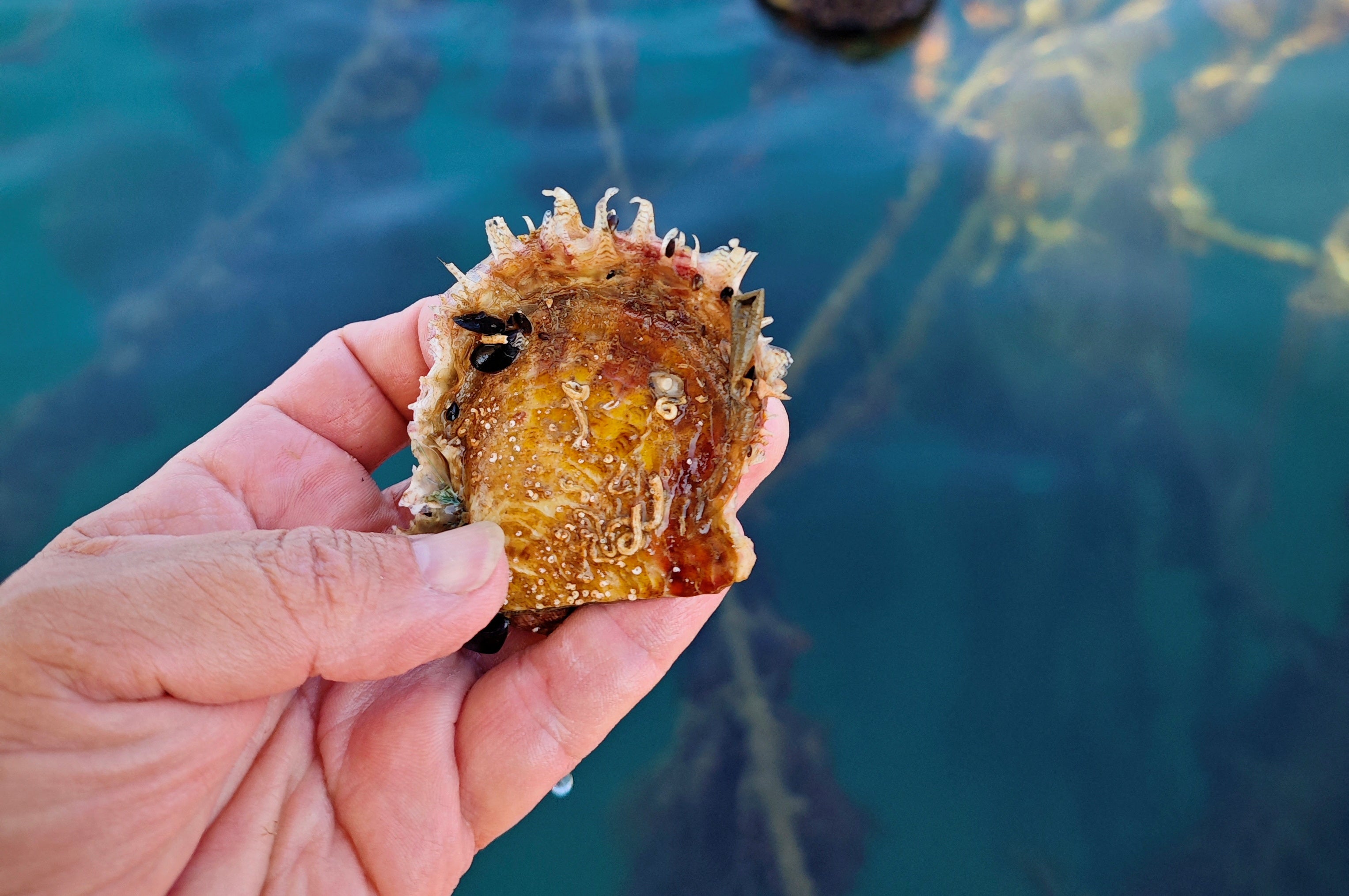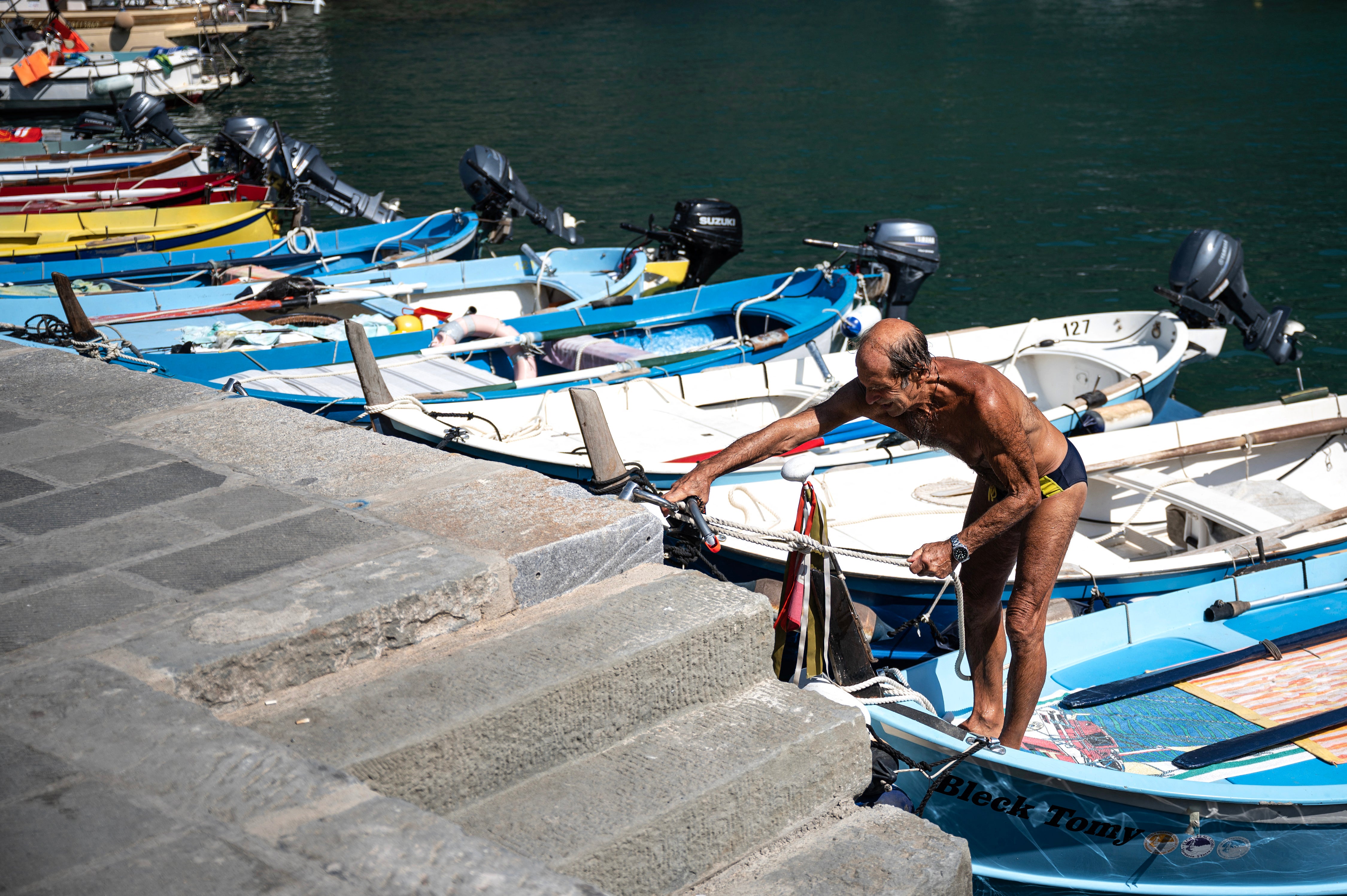Pearls to be farmed in European seas for first time as warming waters attract alien species
Pearls have never been cultivated in European seas

Your support helps us to tell the story
From reproductive rights to climate change to Big Tech, The Independent is on the ground when the story is developing. Whether it's investigating the financials of Elon Musk's pro-Trump PAC or producing our latest documentary, 'The A Word', which shines a light on the American women fighting for reproductive rights, we know how important it is to parse out the facts from the messaging.
At such a critical moment in US history, we need reporters on the ground. Your donation allows us to keep sending journalists to speak to both sides of the story.
The Independent is trusted by Americans across the entire political spectrum. And unlike many other quality news outlets, we choose not to lock Americans out of our reporting and analysis with paywalls. We believe quality journalism should be available to everyone, paid for by those who can afford it.
Your support makes all the difference.Pearls may soon be cultivated in European seas for the first time ever, as Italian oyster farmers seek to exploit an unexpected opportunity offered by the rapidly warming Mediterranean.
In late 2023, the first specimens of Pinctada radiata, a pearl oyster native to the Red Sea, were spotted in the Gulf of Poets, a popular tourist area around 100 kilometres (62 miles) from Genoa on Italy’s north-western coast.
Less than a year later, they are proliferating in what have always been some of the Mediterranean’s coldest waters, more normally associated with other types of oyster used for food rather than jewellery.
“We are looking into the possibility of producing cultivated pearls here,” said Paolo Varrella, the head of a cooperative that has been breeding food oysters in the area since 2011.
The group has already made contact with pearl oyster farmers in Mexico to get tips on production techniques, Varrella said.
“The Pinctada radiata has been reported around the island of Sicily since the 1970s, but only in the last decade has it moved north” to the cooler Tyrrhenian and Ligurian seas that lap the western Italian mainland, said Salvatore Giacobbe, professor of ecology at the University of Messina.
It is the latest in a succession of alien warm-water species to enter the Mediterranean as it heats up due to climate change.
Manuela Falautano, a scientist at the Italian environmental research and protection institute ISPRA, said this trend had seen “an exponential increase” in the last decade.
Some of these species are aggressive and disrupt delicate ecosystems. In a few cases, such the spotted puffer fish and the scorpion fish, they are also dangerous to humans.
The 2.5 million square kilometre (970,000 square mile) expanse of water that separates southern Europe from Africa and the Middle East is heating up faster than the average of the world’s seas, Falautano said.

Pearl production, more readily associated with Polynesian atolls than the northern Mediterranean, has an annual global turnover of 11 billion dollars, and Italian oyster farmers are keen to cash in.
Adriano Genisi, a pearl importer for more than 30 years, said the Radiata may produce gems similar to Japan’s renowned ‘Akoya’ pearls which have a diameter of 5-9 millimetres and a white colour with shades of grey, pink and green.
If all goes well the first pearls could be harvested in about a year, he said. The rising temperature of the Mediterranean is also blamed for an increase in violent storms such as the one that sank the luxury yacht of British tech entrepreneur Mike Lynch off Sicily last month, killing six passengers and the boat’s cook.
Franco Reseghetti, a researcher at Italy’s National Institute for Geophysics and Vulcanology, said measurements taken in the Tyrrhenian in December at depths of between 300 and 800 metres showed the highest temperatures since 2013, and he expected to see a further increase this year.
“The huge amount of energy behind this heating can act as a fuel for devastating atmospheric phenomena” such as the violent storm which appeared to have sunk the yacht off Sicily, Reseghetti said.
Join our commenting forum
Join thought-provoking conversations, follow other Independent readers and see their replies
Comments